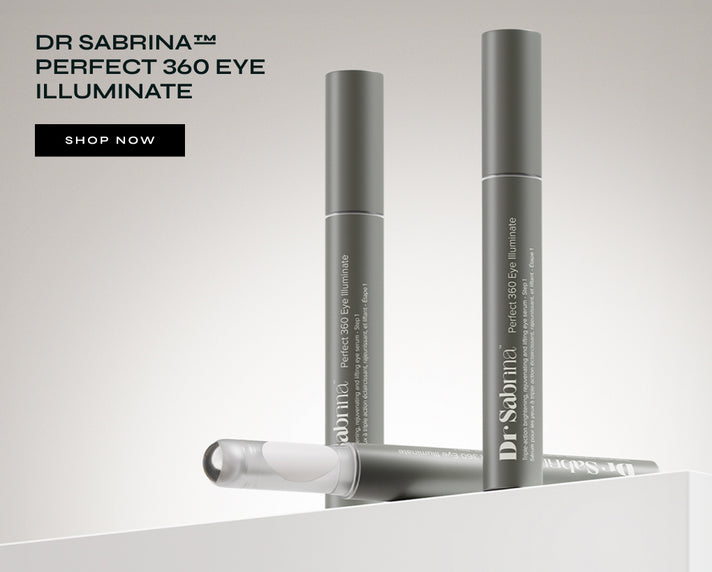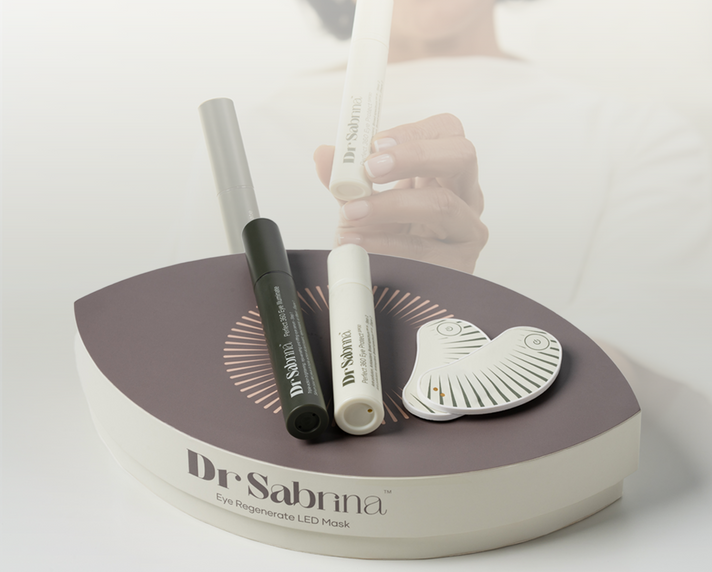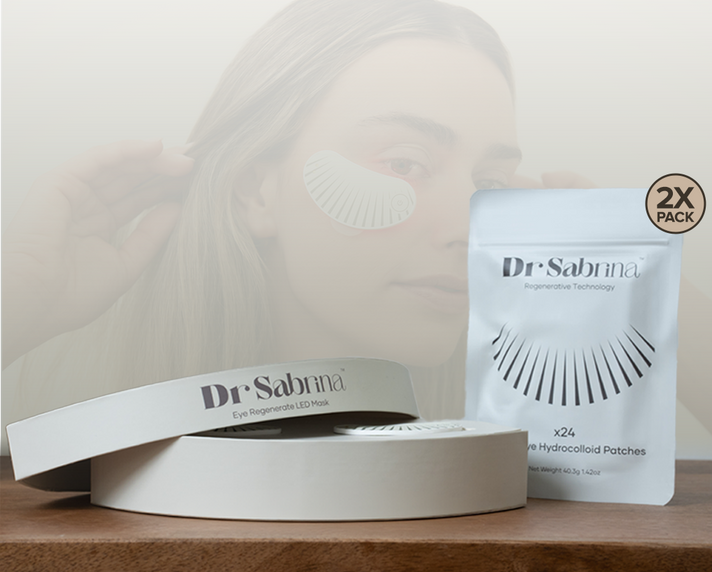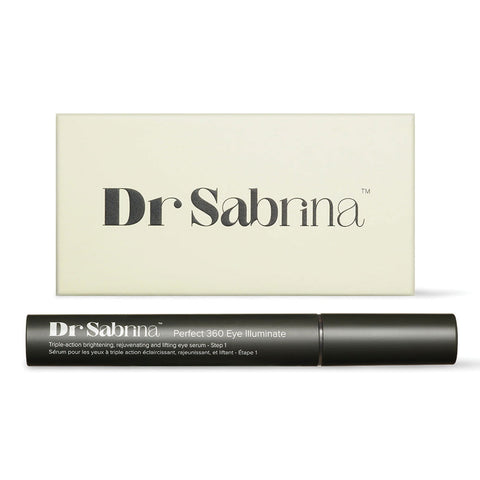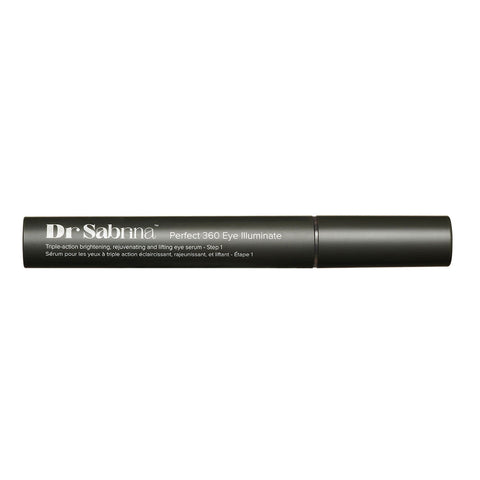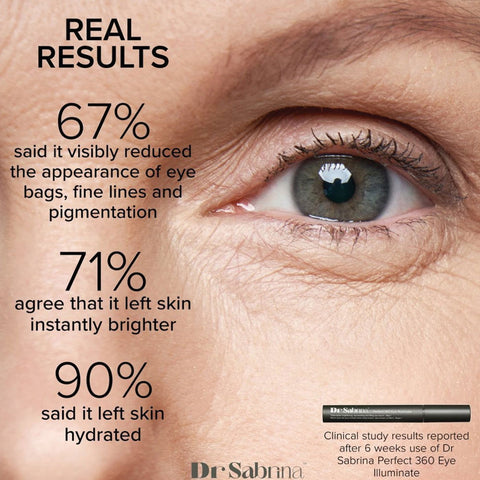Eye Serum
Common Eye Diseases: Complete Guide

Have you ever noticed how much we rely on our eyes daily, yet pay so little attention to them until something feels wrong? From reading fine print to recognising a loved one’s smile, our eyes work tirelessly, but just like any other part of the body, they are vulnerable to health issues. Some eye problems are mild and temporary, while others can seriously affect vision if left untreated.
Understanding the most common eye diseases not only helps you identify early warning signs but also empowers you to take better care of your vision. With vision impairments affecting millions worldwide, staying informed is key to protecting your eyesight for the long run.
The Most Common Eye Diseases
Here is a detailed look at the common eye problems people experience across different age groups.
1. Cataracts
Cataracts occur when the natural lens of the eye becomes cloudy, leading to blurred or hazy vision.
- Symptoms: Increasing difficulty seeing at night, faded colours, glare sensitivity.
- Risk factors: Ageing, diabetes, prolonged steroid use, and ultraviolet exposure.
Cataracts are especially highlighted when discussing common eye diseases in the elderly since the condition impacts a large percentage of adults over 60.
Daily Support for Healthier EyesAlongside medical check-ups, supportive products can help maintain eye health and appearance. Looking for a way to refresh tired-looking under-eyes? Try the Dr Sabrina eye Serum. It’s designed to target shadows and puffiness, offering a brighter, more energised appearance that complements healthy vision care. |
2. Glaucoma
Sometimes referred to as the “silent thief of sight,” glaucoma involves damage to the optic nerve, typically caused by increased eye pressure.
- Symptoms: Gradual loss of peripheral vision, eye pain, blurred vision, and halos around lights.
- Risks include family history, advanced age, and certain medical conditions, such as hypertension.
Because it often has no noticeable symptoms in the early stages, glaucoma is frequently included on a list of eye diseases with pictures to educate patients about what to look for.
3. Age-Related Macular Degeneration (AMD)
A leading cause of vision loss in older adults, AMD affects the macula, the part of the retina responsible for central vision.
- Symptoms: Distorted vision, difficulty recognising faces, blurred central vision.
- Forms: Dry (more common) and wet (more severe).
This is one of the top answers when people ask about the worst eye diseases, as it can cause permanent loss of central vision.
4. Diabetic Retinopathy
People with diabetes are at higher risk of developing this condition, which damages the blood vessels in the retina.
- Symptoms: Dark spots, floaters, fluctuating vision.
- Risks: Long-term uncontrolled blood sugar, high blood pressure, and high cholesterol.
Diabetic retinopathy is among the common eye diseases that require consistent monitoring through regular eye exams.
5. Conjunctivitis (Pink Eye)
One of the more familiar eye problems, conjunctivitis, happens when the thin tissue covering the white of the eye becomes inflamed due to infection or allergies.
- Symptoms: Redness, itchiness, tearing, discharge.
- Causes: Viral or bacterial infection, allergens, irritants like smoke or chlorine.
This condition is often highlighted under types of eye infections, especially since it spreads easily in schools and workplaces.
6. Dry Eye Syndrome
When the eyes do not produce enough tears or the tears evaporate too quickly, chronic dryness can occur.
- Symptoms: Grittiness, burning, blurred vision, and eye fatigue.
- Triggers: Screen overuse, hormonal changes, ageing, certain medications.
Dry eye is one of those common eye disorders that might feel minor at first but can progress into long-term discomfort if not addressed.
7. Refractive Errors (Myopia, Hyperopia, Astigmatism, Presbyopia)
These are the most common eye problems globally and include conditions where the shape of the eye prevents light from focusing correctly. Glasses, contact lenses, or corrective surgery usually help.
Sometimes, people even wonder what color are my eyes when lighting or vision changes make their eye colour look different."
Recognising Risk Factors
While some eye disorders result from genetics, many are linked to lifestyle and ageing. The biggest risk factors include:
- Advanced age
- Family history of glaucoma, AMD, or cataracts
- Diabetes and hypertension
- Smoking
- Prolonged UV exposure without sunglasses
- Excessive screen time and poor eye care habits
- This is why eye specialists emphasise early screening and lifestyle modifications.
Common Eye Diseases in Different Age Groups
- Children: Conjunctivitis, refractive errors, lazy eye (amblyopia).
- Adults (20s–40s): Computer vision syndrome, infections, contact lens-related issues.
- Elderly: Cataracts, glaucoma, AMD, and diabetic retinopathy are all examples of common eye diseases in the elderly.
- Eye Care and Prevention
Preventing vision loss is often possible through simple habits:
- Get routine eye exams, even when you think your vision is fine.
- Wear sunglasses with UV protection.
- Control blood sugar, blood pressure, and cholesterol.
- Eat nutrient-rich foods, especially leafy greens, berries, and foods rich in omega-3 fatty acids.
- Take regular breaks from screens (20-20-20 rule).
- Stay hydrated and use artificial tears if your eyes feel dry.
Conclusion
Your eyes deserve the same care as the rest of your health, yet many people overlook them until problems arise. The reality is that common eye diseases can often be prevented or better managed when caught early.
Simple steps, such as protecting your eyes from UV rays, following a balanced diet, and scheduling routine exams, go a long way in safeguarding your vision. If you’ve noticed changes in your eyesight, don’t wait; book an eye checkup and give your eyes the attention they truly need.
FAQs
What are common symptoms of eye diseases?
Blurriness, eye pain, redness, glare sensitivity, halos, and sudden vision changes are all red flags you shouldn’t ignore.
Can diet and lifestyle really prevent eye diseases?
Yes. Proper nutrition, avoiding smoking, and protecting your eyes from UV exposure significantly lowers the risk of vision loss.
How often should I get an eye exam?
Adults should have one every 1–2 years, while older adults and those with existing risk factors need more frequent checkups.
Are all eye problems permanent?
No. Many are treatable or manageable when caught early, which is why awareness and timely care are critical.
Do children face serious eye diseases?
Most children experience manageable eye problems like infections or refractive errors, but early treatment is important to avoid long-term effects.



